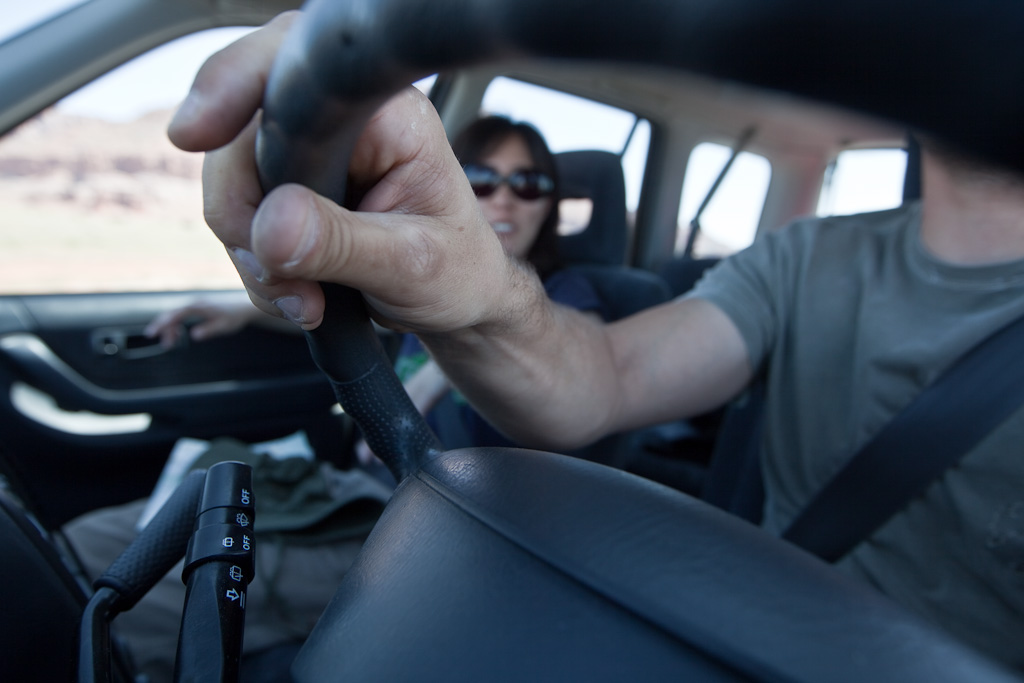My first was a beat up, lime green 1968 Chrysler Newport bought for $390 from a used car dealer in Sante Fe – my teenage kicks for a 6 week road trip across the southern US states. After that they sorta blur into one amorphous buying and selling experience. Not that there have been many, but simply because nothing ever compares to the first.
And last year on arrival in Los Angeles I picked up something that could absorb long weekends out in the desert and an occasional freeway commute. It has served me well but today is our last together – it’ll soon become someone elses first car.
There’s something quite beautiful about the whole US car selling experience: from posting onto Craigslist: to lo-ball fishing expeditions by dealers trying to make a quick cash purchase; strangers brought together by a sufficiently shared sense of purpose; small talk as an affinity strategy; and the emotional investment (or otherwise) that the stakeholders go through to make sure its the right decision at the right price. On the one side you have the small negative remarks designed to undermine the asking price “it’ll cost at least a thousand to repair the air-con”, the tsking at the tread on the tires, and on the other side framing the purchase not on engine size, or wear, or miles on the clock but in terms of lifestyle choices. It feels good to cut through the stereotype posturing of how we think we should behave
Today’s US car buyer has a number of tools at their disposal – the Blue Book and CARFAX being some of the most popular. But given the data streams increasingly available from the vehicle itself and our our penchant for self-documentation the future perfect car buyer will be able to pull a wider variety of sources into their purchasing decision. In fact the whole notion of ‘ownership’ is likely to change: mostly I suspect through innovative packaging of the whole ‘car’ experience from financing to entertainment to insurance to destination discounts; increasingly through shared use schemes such as ZipCar; and with a underlying awareness that our vehicles have had an interesting life before they met us, and will continue to do so after we are long gone. Think cradle to cradle with access to hard usage data and social media appearances thrown in.
For any given object how might an awareness of past and future use and context affect the sale? Today’s the psychology is all about closing the deal and moving on, in our future perfect there is no closure, just continuity.
Dear new owner. I know it’s your first car, there’s a fresh role of quarters in the coin tray. Enjoy.

One Trackback
Social comments and analytics for this post…
This post was mentioned on Twitter by fp_bot: New on FP: The Lifestream of Objects: My first one was a beat up, lime green 1968 Chrysler Newport bought for $3… http://bit.ly/bYANqq…